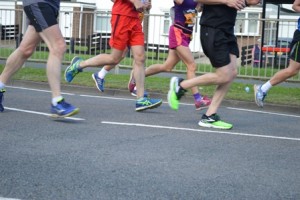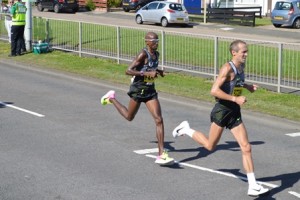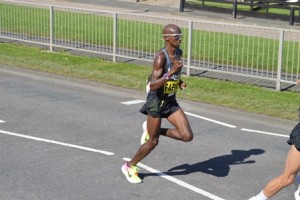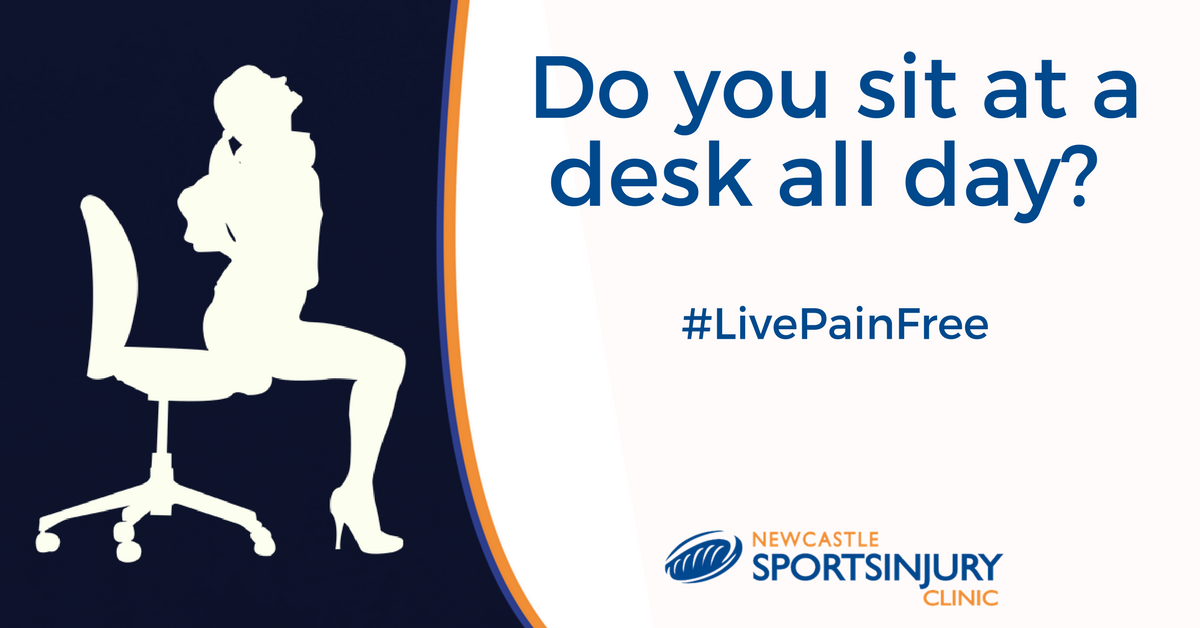The Great North Run is the biggest annual sports event on the North East’s calendar, and at Newcastle Sports Injury Clinic we are proud to be a part of it.
We are sponsoring the event again this year, and we’ll be there in person to help runners throughout the weekend.
Remember, if you are struggling to make the start line because of injury, in most cases, we can help you get through it. It’s never too late to call us for advice or to book an appointment, and we’ll be laying on extra sessions in the build-up to this year’s event.
We are often asked for our favourite pieces of advice for the Great North Run, so we have compiled some of our best tips below. We have so many Great North Run top tips, that we’ve split the blog in two parts – this first part deals with running technique and how to make sure your form is spot-on for the run. Look out for part 2 later in the week.
Why is good running technique important?

Before we dive into our favourite GNR tips, a quick word on running technique…
Running technique is often overlooked because we assume that running comes naturally. However, running is not just a fast walk. It is in fact a totally different set of movements, and having proper technique can help you to:
- Be more efficient: correct technique eliminates unnecessary movement, such as side-to-side and up-and-down motions, this ensures all your energy is transferred into propulsion (moving you forward).
- Minimise the chance of injury: during running, the foot strikes the ground with a force greater than twice your bodyweight. With poor running technique, this force can be multiplied. A combination of correct running technique and using appropriate running shoes can help reduce these landing forces and therefore the stress on your bones and muscles, reducing the chance of injury.
Newcastle Sports Injury Clinic’s Top Tips for Great Running Form
Correct running form
It is important when running to try and run tall. Running tall means running light, running on the balls of your feet and toes (not your heels). Picture yourself barely touching the ground, or running while suspended by an invisible string. Below are some running form tips that you can try.
Keep your head straight
Look straight ahead of you, about 30 to 40 metres out in front, and avoid looking down at your feet. Looking down will create tension in your neck and shoulders. Keep your jaw and neck relaxed.
Don’t hunch your shoulders
Your shoulders should be back and down. Keep them relaxed and avoid tensing them. Don’t hunch over as this restricts breathing, allowing less oxygen to get to the muscles.
Keep your hands relaxed
Your hands should be relaxed, but don’t let them flop. Tight hands can cause tension all the way up to the back and shoulders.
Keep your arms at 90 degrees
Your arms should be bent at a 90-degree angle. Try to swing them forward and back, not across your body. The arm movement helps to propel you forward, so swinging them sideways is a waste of energy.
Keep your hips stable
Your hips should remain stable and forward-facing. Don’t stick your bottom out or rock your hips from side to side. Keeping this position in your hips can help prevent low back and hip pain.
Don’t lift your knees too high

Land with a slight bend in the knee. This helps to absorb the impact of running on hard surfaces. Don’t lift your knees too high and avoid bouncing up and down. Your knees should be moving forwards, rather than lifting upwards. Look at the way Mo Farah is landing his feet, above, on the way to winning the 2016 Great North Run: his foot is striking the floor only just in front of his hips. Even he has a long, rangy stride, but that doesn’t mean he over-reaches. This means he is using all of his power to propel his body forwards.
Aim for a mid-foot strike
Landing on the middle of your foot is the safest way to land for most recreational runners. Avoid striking the ground with your heel or your forefoot first. Your foot should land below your hips – not out in front of you.
Lean forward while running

Don’t bend forward or backward from the waist as this places pressure on the hips. Use your body weight to lean forward a bit while running can reduce heel strike and help you land on the middle of your foot. Once again, Mo Farah provides a perfect example of how to do this. Here, he is pushing with his right foot and driving his left knee forwards – but not too high.
Don’t strike the ground heavily
Aim for short light steps. Good running is light and quiet. Whatever your weight, your feet should not slap loudly as they hit the ground. Light steps are more efficient and cause less stress to the body.
Breathe deeply and rhythmically
Whether you breathe through your nose or mouth, try to breathe deeply and rhythmically. Avoid shallow and quick breaths. Try to aim for one breath for every two strides, but don’t be afraid to try longer breathing.

